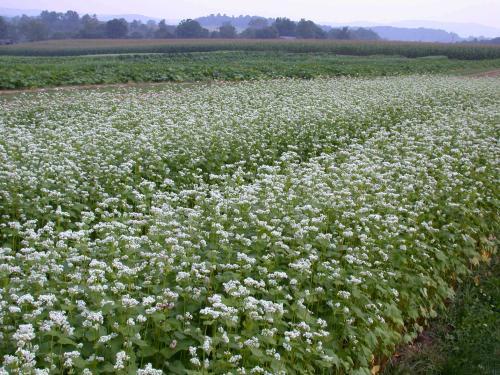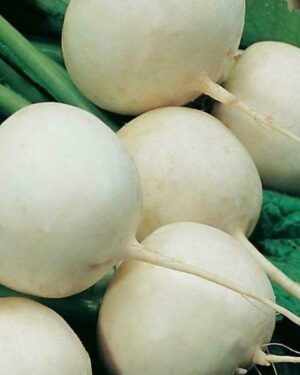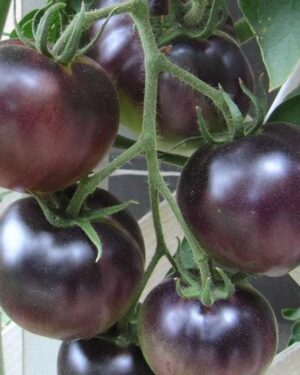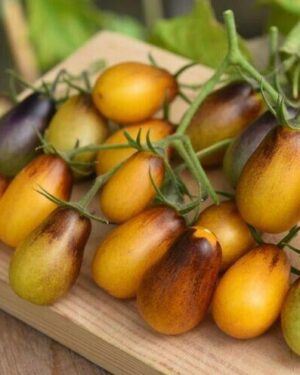Description
Green Manure Buckwheat Organic
Green Manure Buckwheat Organic is a short term fast growing summer green manure Buckwheat. It germinates in 3-5 days and produces a thick canopy of foliage that smoothers most other weeds. The roots are deep extracting nutrients. The large amount of foliage will add valuable organic matter to improve soil structure. Cut down before flowering 60-90 days from sowing and dig in. Alternatively it is not frost hardy and the first frosts will kill the plants. The plants do produce chemicals which temporarily inhibit other plants seeds from germinating in the same location. Do not sow mall seeded varieties such as carrot until 30 days after the crop has been dug in. Best sown after all danger of frost has passed in spring, through summer to not within 60 days of likely frosts in your area in autumn. Sowing rate 10gm per square metre.
Cultivation Advice
- Buckwheat is a warm-season crop. Sow it when the soil has warmed up in late spring or early summer. It thrives in temperatures between 60°F to 70°F (15°C to 21°C).
- Choose well-draining soil with good fertility. Buckwheat can tolerate poorer soils but performs best in fertile, loamy soil. Clear the area of weeds before planting.
- Broadcast the seeds evenly over the prepared soil and rake lightly to cover them (around 1 inch deep). Buckwheat seeds are relatively small.
- Buckwheat grows quickly and shades out weeds. It produces small, white flowers that attract pollinators like bees.
- As a cover crop, buckwheat doesn’t fix nitrogen but mines it from the soil, making it available to subsequent crops. It also adds organic matter when incorporated into the soil.
- Buckwheat’s dense growth prevents weed establishment by shading out weed seeds. This helps in weed control without the need for herbicides.
- Avoid synthetic fertilizers or pesticides. Buckwheat is generally resistant to pests and diseases.
- Cut buckwheat plants before they set seeds and when they’re still flowering, usually around 6-8 weeks after planting. Incorporate them into the soil as green manure or mulch.
- Buckwheat cover crops help prevent soil erosion, particularly on sloped areas or in regions prone to heavy rains.
- After incorporating buckwheat, consider rotating crops or planting another cover crop to diversify soil nutrients and manage pests and diseases naturally.
- Buckwheat’s extensive root system can help break up compacted soil, improving aeration and overall soil structure. This allows better water infiltration and root penetration for subsequent crops.
- Buckwheat doesn’t require dense planting. A moderate seeding rate of about 2-3 pounds per 1,000 square feet or 70-100 pounds per acre is often sufficient for good coverage.
- Buckwheat can serve as a beneficial companion plant, attracting beneficial insects like ladybugs and hoverflies that prey on garden pests like aphids.
- Buckwheat’s nectar-rich flowers attract bees, making it a valuable source of forage for honey production. It produces a dark, flavorful honey
- If you plan to harvest buckwheat seeds for consumption or for future planting, allow some plants to mature fully. The seeds are ready for harvest when they turn brown, and the plants start to dry.
- Buckwheat’s rapid growth makes it suitable for short growing seasons or as a quick cover between other crop plantings, providing benefits even in limited timeframes.
- Buckwheat exhibits some drought tolerance once established. However, consistent moisture during initial growth stages is beneficial for optimal development.
- When purchasing buckwheat seeds for planting, ensure they’re high-quality, untreated seeds obtained from reputable sources for better germination and healthier growth.
- Adjust the planting time based on your climate and region. In warmer climates, you might plant buckwheat earlier, while in cooler areas, later planting might be more suitable.
- As with any cover crop, observe and learn from your experiences with buckwheat cultivation. Adapt cultivation methods based on local conditions for optimal results.









Reviews
There are no reviews yet.